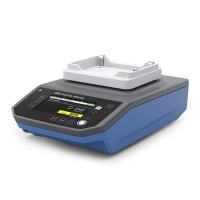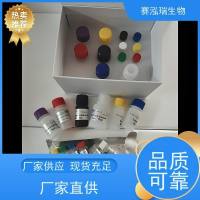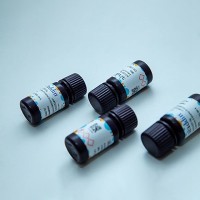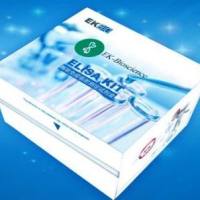|
1. |
Anesthetize mouse or rat (e.g., with metofane, ketamine/xylazine or CO2 ). Note: anesthetic agent usage must be in compliance with IACUC approved protocol. |
|
2. |
Monitor carefully for depth of anesthesia: |
|
|
a. |
The animal must be deep enough to not move during procedure but anesthesia must be light enough to maintain adequate respiration. |
|
3. |
Place on a paper towel laid out on a work surface |
|
4. |
As you hold the animal against the flat surface, use forefinger to pull facial skin taut while grasping skin at the back of the neck to restrain, this should make the eyes protrude slightly |
|
|
a. |
DO NOT obstruct the animal's breathing, monitor carefully |
|
5. |
Gently insert tip of the pipette below the eye at approximately a 45 degree angle into the space between the globe and the lower eyelid |
|
6. |
You will feel the pipette rest on the orbit, at this point gently twist the pipette between your thumb and forefinger |
|
|
a. |
Once the sinus/plexus has been ruptured blood will begin to flow into the pipette |
|
|
b. |
Use multiple pipettes as needed to collect the total volume |
|
|
c. |
Place each pipette into an opened collection tube as they fill |
|
7. |
Release tension on the animal and gently hold a gauze pad over the eye for a few seconds until the bleeding has stopped |
|
8. |
Either tap the pipette on the edge of the tube to empty or place a small pipette tip on the end of a syringe to carefully blow the sample out, it will clot very quickly. DO NOT use your mouth to empty the pipette! |
|
9. |
Close top of collection vial and label properly |
|
10. |
Watch the animal carefully until it begins to recover from anesthesia and move about, then you can return it to its cage and move on to the next animal |
|
|
|
Please note: When bleeding rats, sand down the tip of the pipette to "roughen" it slightly (with either sand paper or a metal file) but be sure that no jagged edges can break off and injure the animal |
|
|
|
Rats will bleed longer than mice. Once collection is complete be sure to hold gauze over the eye until bleeding is completely stopped. |
|
Special Considerations: |
|
1. |
When working with potentially infected animals, to prevent spread of disease you should either change or disinfect gloves with Clidox solution between cages; also change toweling beneath animals and wipe/spray surfaces with Clidox |
|
2. |
There may be times when it is justified to bleed a mouse without anesthesia however, the potential for damage to the eye or the health of the animal is of significant concern to the IACUC and veterinary staffs. The IACUC may approve, via inclusion in the IACUC protocol, highly skilled and experienced individual(s) to perform this technique without anesthesia, following observation and assessment of skill by an IACUC designee. |
|
3. |
Due to the nature and anatomy of rat tissues, retro-orbital bleeding may NEVER be performed in an unanesthetized rat. |
|
4. |
It is best to alternate eyes in successive bleeds. Do not bleed from a damaged (ie. abscessed or ruptured) eye. In the event that one eye is damaged, the second eye can be bled. Blindness does not interfere with health in mice, in fact blind mice cannot be distinguished from non-blind mice housed in standard caging. If the second eye becomes damaged, bleeding via retro-orbital route must cease. |
|
Guidelines: |
|
|
Total blood volume of a rodent =5.5ml/lOOgm body weight |
|
|
Do not collect more than 20% of total volume at one time; Example- a 30gm mouse has l.5ml total volume= 0.25ml per collection |
|
|
Do not collect more than this volume weekly. |
|
|
If a higher volume and/or or frequency of collection is required due to experimental protocol, this must be approved by the IACUC in advance. |
|
|
For repeated blood sampling from the retro-orbital plexus, alternate eyes should be used |






